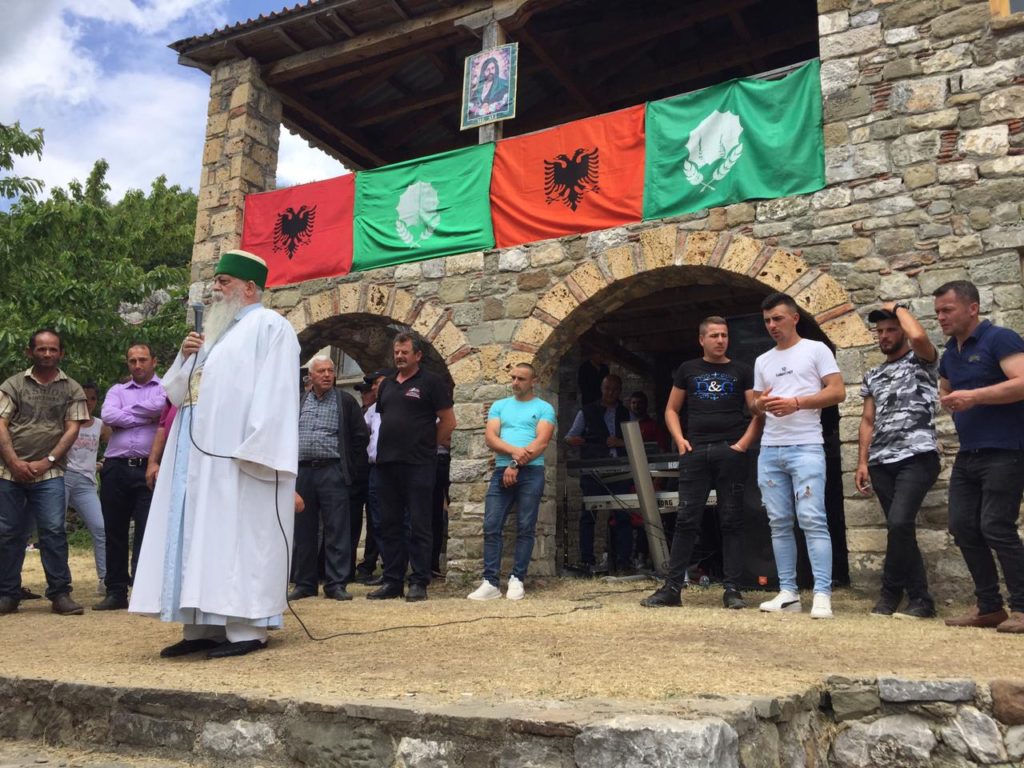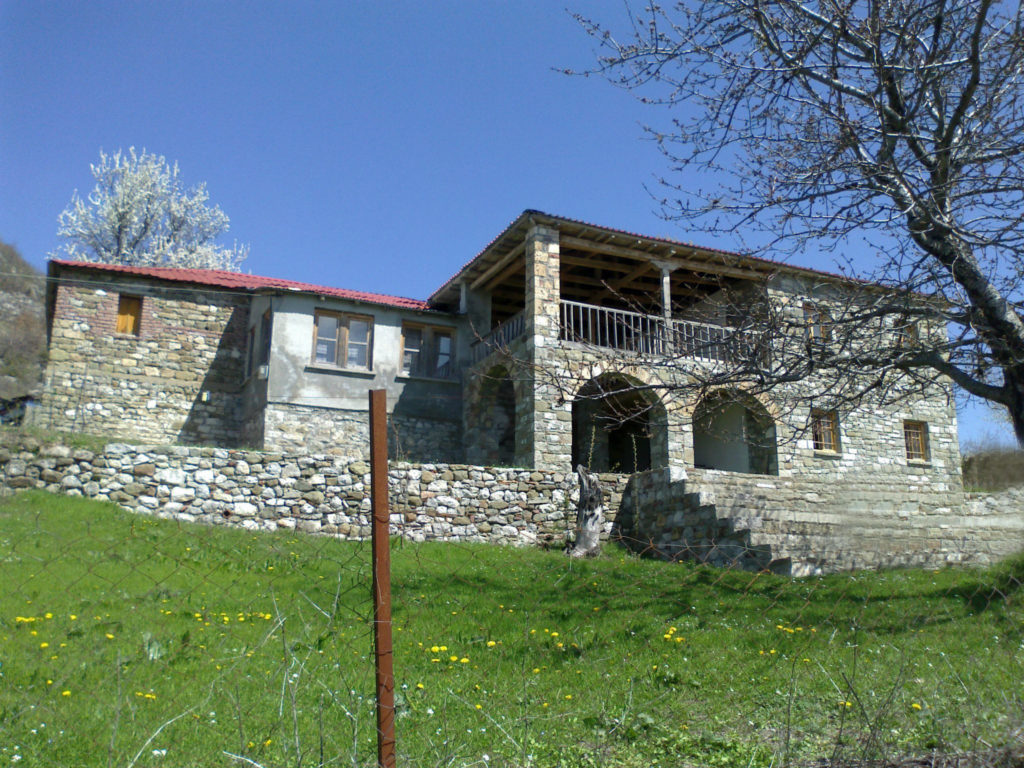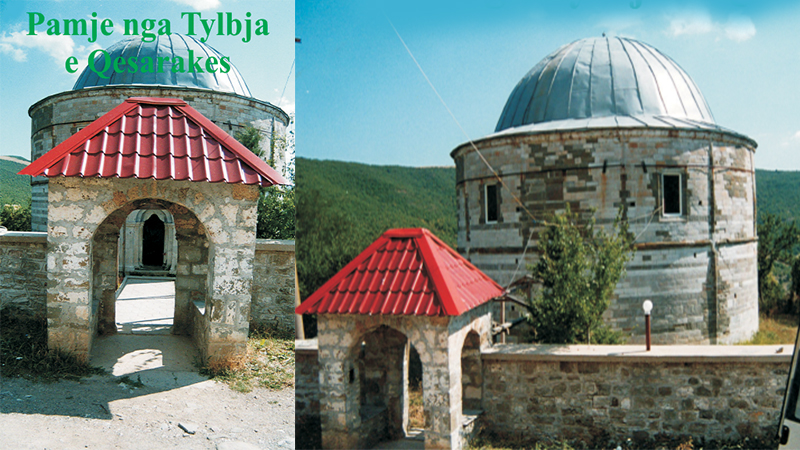
Today, June 7, 2021, the Bektashi World Headquarters, in cooperation with the Korça Bektashi Quarter , under the special care of the Bektashi World Grandfather, His Grace Haxhi Dede Edmond Brahimaj, conducted the annual pilgrimage to the tekke of Qesaraka, the of this tekke is in the sixteenth century.
The courtyard of the tekke was full of believers and benefactors, showing that this coming to the tekke and the increase of their interest, constitutes not only an act of respect for the history of the Bektashi order, but also a clear proof that our faith in God, is coming waking up and resurrecting.
Qesaraka tekke is located in Qesaraka village,in the Administrative Unit Çlirim , Kolonja Municipality. Founded by the people of Qesaraka, in honor of Saint Haxhi Father. His story is both mythical and real. He also brought a hand from the tomb of Abaz Ali in Karbala and build the cenotaph tomb in his honor, in Çuka of Tomorri, in 1600. He passed away traveling to the village of Qesaraka and did many miracles.
The tekke has played an important role in the national movement and for the Albanian language. Petro Nini Luarasi had accommodation here. In 1914, Greek partisans burned the tekke and arrested father Ibrahim Qesaraka. It was rebuilt after many years. The tekke was three- floors, with buildings and basements in a rectangular shape, with a stone wall, regular lines and the necessary facilities according to the Bektashi tradition. Roof covered with stone cases. Magnificent dome-type tomb with a special posing architecture, with large windows in the middle and near the dome. Next to it, tombs of fathers and dervishes. Surrounded by cypresses and various fruit trees.
Many fathers known as: Father Qemal Qesaraka, Father Jahjai, brother of Haxhi Father, dervish Ahmeti, father Selmani, father Shukriu, father Shabani, father Ibrahim Shkëmbi have served in this tekke.
In 1940 Riza Qesaraka served as a dervish.
In the years 1950-1963, Ahmet Riza Shkëmbi served as a dervish.
The tekke was closed in 1967, by the monist state of the time, to reopen in 2000, where served father Xhemal Shkëmbi, who completely restored it. It was declared a cultural monument by the Ministry of Education and Culture with decision no. 1886 dt. 10. 06.1973.



